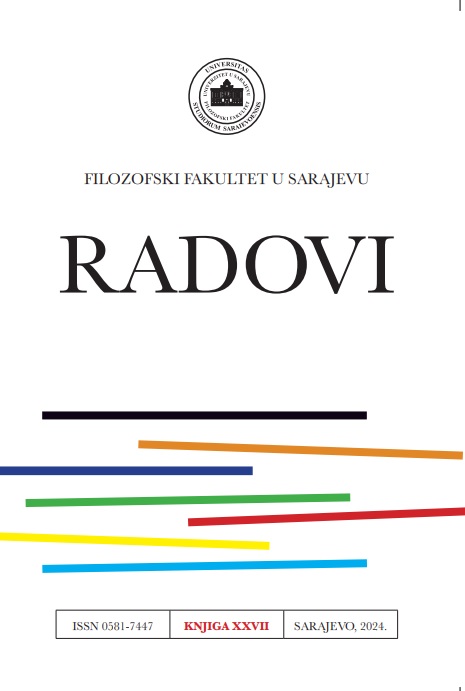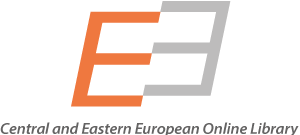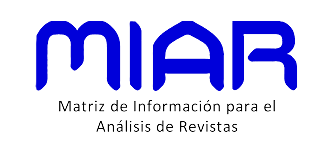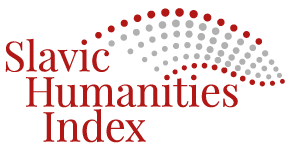HUMOR PROŠLOSTI / HUMOUR OF THE PAST
SEMANTIČKA ANALIZA HUMORA U ANEGDOTAMA O NASRUDIN-HODŽI / SEMANTIC ANALYSIS OF HUMOUR IN THE NASREDDIN HODJA ANECDOTES
DOI:
https://doi.org/10.46352/23036990.2024.33Keywords:
Nasreddin Hodja, humour, semantics, semantic script theory of humour (SSTH), semantic scripts, Alija IsakovićAbstract
The aim of this paper is to conduct a semantic analysis of humour in the anecdotes about Nasreddin Hodja collected and edited by Alija Isaković in 1984. Humour research in linguistics is becoming increasingly popular in BiH, but is naturally focused mainly on contemporary humour, wheth er this be jokes, political discourse or some other contemporary corpus. Through Victor Raskin’s semantic script theory of humour (SSTH), the paper examines whether the three basic categories of analysis are present in the selected examples from the corpus: 1) to which of the three basic classes do scripts in binary opposition belong; 2) which subcategory do they belong to; 3) whether they are part of common, restricted or individu al scripts. The examples are analysed within the classification of anecdotes offered by Isaković. Special attention is given in the analysis to each of the categories in an effort to recognise the reasons for such a grouping of humorous text. The examples under consideration have a structure that bears more resemblance to short jokes than to longer anecdotes. This is because in ideal circumstances, not always, Raskin’s semantic theory applies to the verbal humour of jokes, but also because of the limitations placed on the length of this text. This is why this text should be seen as merely a hint of the layers of humour in anecdotes that are a part of our cultural heritage, although they are directed at a character who reached our region through another culture.
Downloads
Downloads
Published
How to Cite
Issue
Section
License
Copyright (c) 2024 Selma Đuliman

This work is licensed under a Creative Commons Attribution-NonCommercial-ShareAlike 4.0 International License.
.













